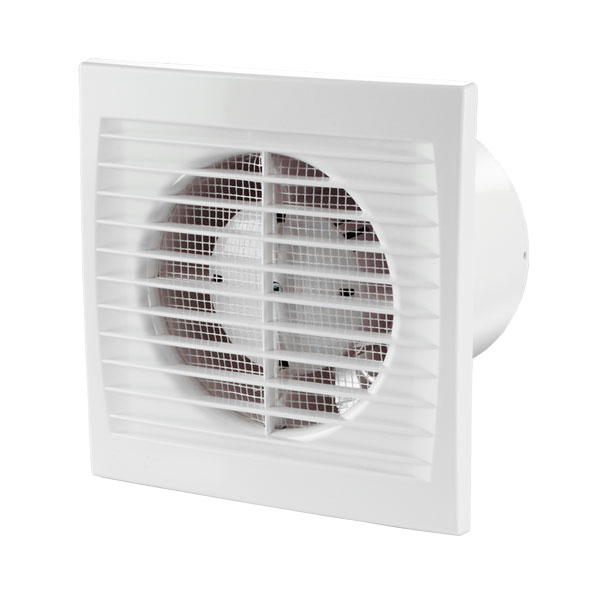Hello
I have a closet which is approx 2.7m high by 1m deep by 1.2m wide. I have l equipment in there that needs to sit at max 30degC. There are two double doors on the closet.
In order to keep it at 30degC I’ve installed 4 extraction fans on a thermostat. The fans draw air in through gaps in the doors and from underneath and exhaust it at the top. The fans are similar to these

 universalfans.com.au
universalfans.com.au
The problem is the noise. They’re generation 30dba each. I’ve insulated them as much as I can but they’re still loud.
So I then started looking at quieter fans such as these

 noctua.at
noctua.at
They have a much lower db but looking at the performance curve it looks to have a much lower static pressure rating
 noctua.at
noctua.at
Does this mean they will inherently take longer to get the temp in the closet down as they are not able to draw the same amount of air in?
I’m worried that if I change the fans over that the newer fans will be useless as they won’t be able to draw air in like my current ones.
Also cutting holes or vents for intake isn’t an option unfortunately.
I have a closet which is approx 2.7m high by 1m deep by 1.2m wide. I have l equipment in there that needs to sit at max 30degC. There are two double doors on the closet.
In order to keep it at 30degC I’ve installed 4 extraction fans on a thermostat. The fans draw air in through gaps in the doors and from underneath and exhaust it at the top. The fans are similar to these

S Series 100 Wall/Ceiling Exhaust Fan – White - Universal Fans
The Fanco S Series exhaust fan is a small yet capable fan. It features a simple design and can be mounted on the ceiling or wall. It can also be connected to duct so the air may be exhausted out of the house.
The problem is the noise. They’re generation 30dba each. I’ve insulated them as much as I can but they’re still loud.
So I then started looking at quieter fans such as these

NF-S12A FLX
The NF-S12A marks the third generation of Noctua’s signature S12 series quiet case fans, which have received more than 250 awards and recommendations from the international press. Featuring a further refined blade design with Anti-Stall Knobs that works in tandem with the new AAO (Advanced...
They have a much lower db but looking at the performance curve it looks to have a much lower static pressure rating
NF-A12x25: performance comparison to NF-F12 and NF-S12A
Designed in Austria, Noctua's premium cooling components are renowned for their superb quietness, exceptional performance and thoroughgoing quality.
Does this mean they will inherently take longer to get the temp in the closet down as they are not able to draw the same amount of air in?
I’m worried that if I change the fans over that the newer fans will be useless as they won’t be able to draw air in like my current ones.
Also cutting holes or vents for intake isn’t an option unfortunately.

